Here’s a tip for anyone watching a TV whodunit: if early on you spot a character wearing a cross, turn off the TV, or at least switch channels. The mystery is solved; That’s the killer. This Christian nut probably has some twisted anti-sex motive for the murder. You know how sexually repressed all those religious fanatics are, and if you don’t, Hollywood will show you.
What is the origin of this tiresome cliché?
One canonical source is the story told in the 1960 Hollywood movie Inherit The Wind,” starring Spencer Tracy, Frederick March and Gene Kelly. It’s the secular left’s rewrite of the real-life 1925 Scopes Monkey Trial in Dayton, Tennessee. Local authorities prosecuted a high school teacher because he taught Darwin’s Theory of Evolution. The movie was based on the 1955 play of the same name.
This movie is architecturally sound, cleverly scripted, well-directed, and brilliantly acted. It is an excellent “message movie,” and therefore a movie one should engage with suspicion.
Director Stanley Kramer was known for his “message movies.” The message of Inherit the Wind resonates so powerfully that Hollywood has remade the story at least three times: in 1965 (Melvyn Douglas and Ed Begley), in 1988 (Jason Robards and Kirk Douglas), and in 1999 (Jack Lemmon and George C. Scott).
The story provides a template for Hollywood’s depiction of religious Christians and Jews ever since.
Inherit the Wind focuses on four characters, all standing in for real people from the trial: “Henry Drummond” is Clarence Darrow; “Matthew Harrison Brady” is William Jennings Bryan; and “E.K. Hornbeck” is H.L. Mencken.
The fourth and most terrifying character is the Tennessee townsfolk, portrayed as a mob of braindead yokels marching around singing “That Old Time Religion,” which they insist was “good for the Hebrew children” and therefore good enough for them.
The leader of these “yahoos” (to use the Menckenesque term) is the fictional fundamentalist preacher Jeremiah Brown, who is father to the heavily fictionalized defendant’s totally fictional fiancé. In the 1960 version, the preacher is portrayed by Claude Akins, who puts deep fang marks into every flat and brace in sight.
If his unidentified corpse had turned up in Dayton, the authorities could have used the dentition in his King James Bible to ID his body.
What is a “message movie,” or more broadly, a “message story”? Or even more broadly, what is the relation between a message story and life?
Life is complicated. Life presents complicated questions, which we must answer with action or sometimes inaction, which of course is also action.
Like good language, a good story clarifies complicated questions. But a message story does not clarify; it simplifies, down to one crude outcome, often cartoonish if not downright stupid.
A message story presents not only the question but the answer. This answer is not just the good and right answer but the only answer. Unless the moviegoer is a total idiot, he spots this only answer early on and develops a rooting interest in its vindication.
The audience member’s reward for his virtue comes when the good side wins at the end. He is affirmed. He feels good about himself. His experience resembles the dopamine hit one gets from a social media upvote or repost.
A message movie’s question often centers around an issue in contemporary political or cultural dispute. These days, examples could be homosexuality, climate change or “transgenderism.”
Hollywood tells these message stories all the time: the Christian parent learns to accept and honor the preternaturally noble Gay Child; the anti-science skeptic learns the terrifying dangers of Climate Change; the initially confused parent learns to honor the “Transgender” kid’s true “self” and provide “Gender-affirming Care,” ignoring any inconvenient fact, for example that the “care” sterilizes and mutilates the kid and rules out any sexual pleasure in the child’s future.
Why do I object to message stories? Because I make up stories. I also have strong opinions. The deadliest temptation I face is to turn what I write into some kind of message story of my own and thereby stick my head into the deadliest noose there is for any storyteller.
Inherit the Wind sets up its particular conflict as one between Science and Christians. But Jews can comfort themselves; moviemakers don’t leave them out. Anti-Christian movies like this one find their counterparts in movies about Orthodox Jews. For instance, the movie A Price Above Rubies depicts Orthodox Jewish men as sexist pigs. In the movie Unorthodox, a woman raised among Chasidic Jews learns she can live a much freer and better life in the progressive world of secular Germany than she could with all those primitive superstitious Jews.
After all, it’s Germany—what could go wrong?
What really happened in Dayton, Tennessee, in the Scopes Monkey Trial?
First, the case was a setup. Tennessee had recently passed a statute which banned teaching evolution in its public schools. Dayton was going out of business. Local businessmen got together at a drugstore and cooked up a test case to draw attention and tourism and money to their town. They then recruited a teacher to violate the statute.
John Scopes substituted for the regular biology teacher and as instructed taught evolution for a few minutes. He was “arrested” and sent home.
The results surpassed the businessmen’s wildest dreams. Dayton became famous. William Jennings Bryan volunteered to come and help prosecute. Clarence Darrow came to defend Scopes.
Bryan was renowned because he had served as Democrat Presidential Candidate in 1896, 1900 and 1908, and Secretary of State from 1913 through 1915. Darrow was the most famous trial lawyer of his day and perhaps in U.S. history.
The trial lasted eight days. But the jury spent only about three hours total in the courtroom. As famous attorneys will do, the lawyers consumed most of the eight days and the town’s oxygen wrangling and posturing for the judge and the newspapers.
Fun fact: one local prosecutor was a man named Sue Hicks.
Sue’s name later inspired Shel Silverstein to write the hit song A Boy Named Sue, which Johnny Cash sang live at San Quentin Prison in 1969.
Cash’s performance helped inspire the San Quentin inmate Merle Haggard to start his own music career.
Haggard later wrote a hit song which ended with these two lines:
“That’s all in the movies
Just a bad picture show.”
Real life creates connections message stories cannot match.
According to the original playwrights Jerome Lawrence and Robert E. Lee: “Inherit the Wind is not history” and “does not pretend to be journalism.”
That’s one thing they got right.
In Inherit The Wind, the teacher reads from a book called Darwin’s Theory Concerning the Evolution of Man. There is no such book. The real Scopes taught from George Hunter’s book A Civic Biology.
Far from being a work of objective science, this book is a farrago of racist and pseudo-scientific claptrap.
In his book George Hunter endorsed Charles Darwin’s original teaching that Europeans were farther along in their evolution than the “savage” Africans. He categorized humans in five groups—Ethiopian (Black), Malay (Brown), American Indian (Red), Mongolian (Yellow), and Caucasian (White), and claimed that the “Caucasian” race is the "highest type of all," represented by the "civilized white inhabitants of Europe and America." In his hierarchy he ranked “Ethiopians” at the lowest level.
Worse, like that other progressive hero of the era Planned Parenthood founder Margaret Sanger, George Hunter promoted the fake “science” of eugenics. In the book Scopes taught from, Hunter pushed as scientific fact the need to impose segregation and sterilization in order to keep the “unfit” from having babies.
Viewers who rely on the movie for their history may also be surprised to learn that Bryan rooted his objection to the theory of evolution in part on its racism and his own Christianity. Of course, Christians follow the Jewish view that all human beings are made in the image of God.
In the movie, Darrow cross-examines Bryan. This did happen, but every real-life trial attorney must envy the fictional lawyer who gets to expose a fat target like the movie’s Bryan, a stereotypical blowhard.
Any author can write a cross-examination so that it goes just the way he wants. But to succeed in that empty exercise, the witness must be constructed entirely of straw.
Inherit The Wind ends after the trial, with Darrow holding the fictional “Darwin” book in one hand and a real Bible in the other, symbolizing science and religion in balance.
But what if the movie gets both books wrong? What if the movie’s understanding of Genesis is inaccurate? What if the theory of evolution by natural selection fails as science?
The Book of Genesis
Let’s start with the Book of Genesis, at supposed issue in the movie. If Brady is a strawman, Inherit The Wind’s movie version of the Book of Genesis is a straw book.
“Rashi” is the rabbinical acronym for “Rav Shlomo Yitzchak.” He studied and wrote in France from about 1040 until his death in July 1105. He wrote commentaries on the Hebrew Scriptures and the Talmud. Ever since his time, three-year-old Jewish children have been starting their study of the Hebrew Scriptures with Rashi.
Understanding even the basic meanings of the words of an ancient language is a tough challenge. Rashi explains the simple meaning of Jewish writings in their most basic and most direct sense.
What does the first sentence of Genesis say? According to the King James translation Bryan quotes in the movie: “In the Beginning God created the heaven and the earth.”
The phrase “In the Beginning” is an attempt to translate the first two words of Genesis from ancient Hebrew into English.
For sophisticated grammatical, lexical and logical reasons, Rashi rejected that translation. He read the first two words as saying something like “In the beginning of God's creation of the heavens and the earth…”
Note the difference. This book does not claim to describe the very beginning of the universe.
Rashi points out that the very next verse says, “The spirit of God was hovering over the face of the water.” Rashi notes that no water had yet been created, and added, “If you believe the verses are teaching the order of creation…you should be astonished at yourself.”
Eight hundred years before Darrow cross-examined Bryan, the ancient rabbi Rashi was cross-examining the text and asking questions more subtle and probing than any question Darrow put to Bryan.
Rashi drew the obvious conclusion: “The Torah has nothing to say about the order of the acts of creation.”
Inherit The Wind offers an inaccurate version of what the Book of Genesis says. In part this may be Bryan’s fault, but it is also the fault of the moviemakers and their zeal to present a cartoon depiction of religious believers, who, if the movie is taken on faith, are nothing but a loud-mouthed mob of chanting yahoos, as incurious and unthinking as the strawman Bryan.
Intelligent Design
If the Torah has nothing to say about the order of the acts of creation, neither does Inherit The Wind. The scientific search for our origins continues. We are a long way from certainty about them.
One scientific alternative to Darwin’s theory is “intelligent design.” Its proponents assert that intelligent design is a theory worthy of consideration not as an assertion of religious faith but because it satisfies scientific standards.
Contemporary evolutionists identify the twin mechanisms for evolution as random mutation and natural selection. According to this modified Darwin, random mutations change organisms. Some organisms come to possess inheritable traits favoring survival and reproduction. They increase in number over their competitors who possess less favorable traits.
Evolution is presented as a process operating at random and without intentionality.
In response, in recent years, those dissatisfied with that explanation have been asking some reasonable questions.
For example, why does the universe look like a “put-up job”? This is called “the anthropic principle.” Life, including human life, exists at all in the universe because there are dozens of physical constants and ratios without which it could not. When he explains why so many physicists are asking this question, Steve Paulson lists a few of the dozens of examples:
“For instance, if gravity were just slightly stronger, the universe would have collapsed long before life evolved. But if gravity were a tiny bit weaker, no galaxies or stars could have formed. If the strong nuclear force had been slightly different, red giant stars would never produce the fusion needed to form heavier atoms like carbon, and the universe would be a vast, lifeless desert.”
https://www.salon.com/2007/07/03/paul_davies/
And so on.
And what about the “irreducible complexity” of many biological systems? Some biological systems could operate at all only if all components were simultaneously present from their beginnings. How did these systems come to be in the first place? Natural selection cannot explain how so many required components popped into existence all at once.
And how can DNA mutations work at all? The DNA molecule is a code, in fact, the most complex yet known. DNA encodes the proteins needed to reproduce life. Of course, coding at least suggests a coder. But more significant is the fact that the sudden appearance by mutation of new and useful DNA code defies mathematical expectation. Yale Professor of Computer Science David Gelernter has calculated the odds against successful or even viable mutations as something like 1077 to 1.
Professor Gelernter explains:
“Try to mutate your way from 150 links of gibberish to a working, useful protein and you are guaranteed to fail. Try it with ten mutations, a thousand, a million—you fail. The odds bury you. It can’t be done.
“The odds against blind Darwinian chance having turned up even one mutation with the potential to push evolution forward are 10 to the 40th power x(1/10 to the 77th power)—10 to the 40th power tries, where your odds of success each time are 1 in 10 to the 77th power — which equals 1 in 10 to the 37th power. In practical terms, those odds are still zero. Zero odds of producing a single promising mutation in the whole history of life. Darwin loses.”
I know from personal experience that coding even one random change can turn any computer program into inoperative gibberish. I’m talking about a misplaced punctuation mark or a misspelled variable.
Here’s one final question, and it’s the Question of Questions. It will never be answered by any random process scientists or anyone else can devise:
Why is there something rather than nothing?
Riddle us that, Hollywood.
Max Cossack is an author, attorney, composer, and software architect (he can code). His most recent work of fiction is the Western White Money. He lives with his wife in Arizona. He hereby acknowledges that the land on which their house was built was once owned by John Wayne.






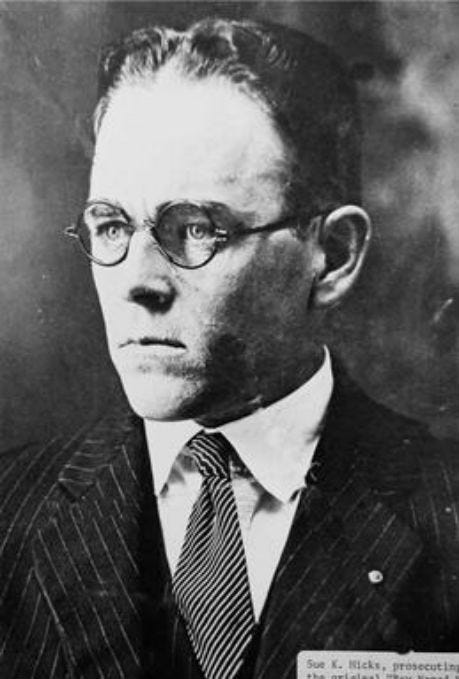


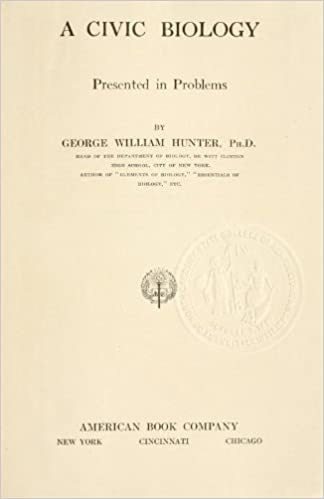
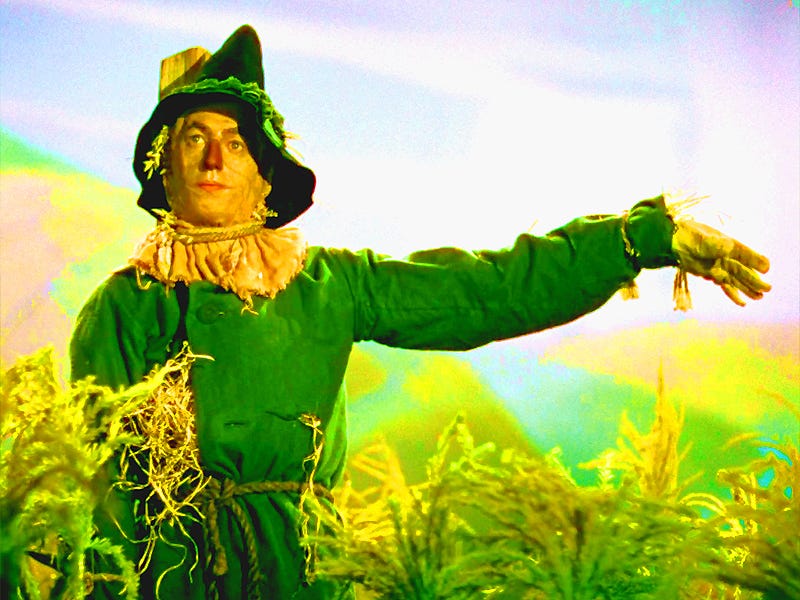
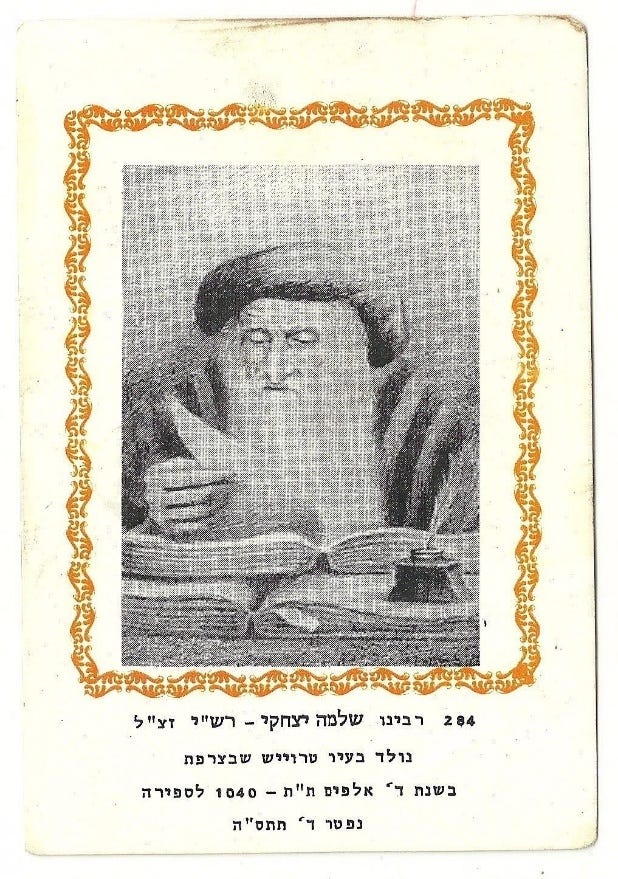
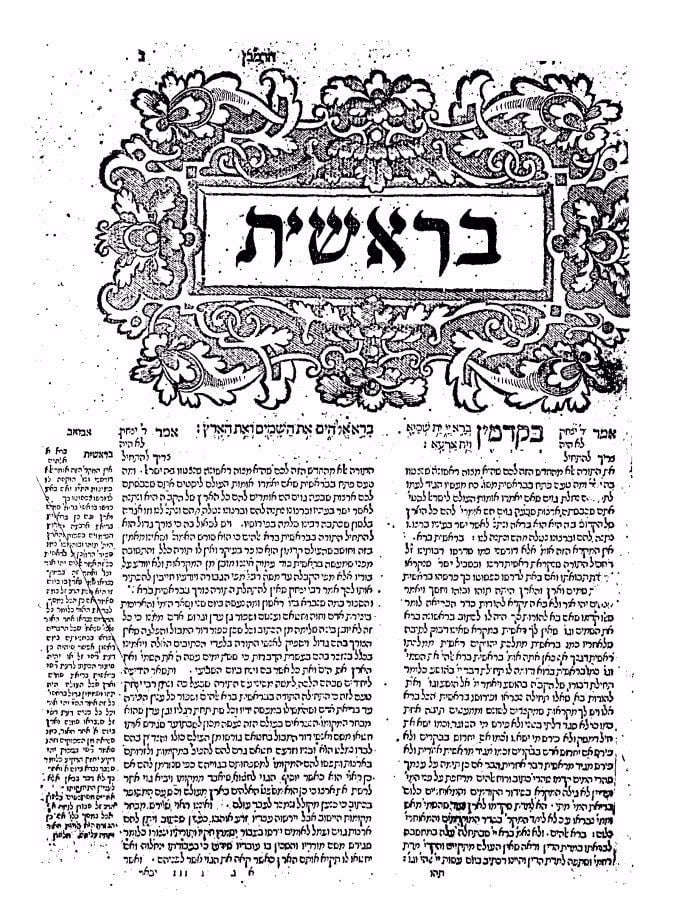


Max, I don't want to lay this on too thick, and thereby, lose all credibility. However, that was one of the finest and very best columns that I've read since the Internet came into existence thanks to Al Gore. Perhaps, I should not have made that last jocular comment, since I am dead serious about my reaction to this Masterpiece.
I've read three of your novels, and you are a very good novelist, no question. Today's effort is something else entirely. I have read it twice, and I hesitate to illuminate any of the individual parts because each one is complex. Yet, in a way that I've never experienced before, you wove several separate threads, all of which are still subject to hot debate, into a powerful literary tapestry. I'm in awe.
I wrote a novel, Archangel of Sedona (published by Warriors Publishing Group). In an exchange among a lawyer, his wife, a young Irish priest, and an all-but defrocked Anglican cleric, they discuss the subject of the creation of the universe. I was proud of this part of my novel, and received a lot of compliments (especially from a couple of book clubs in England).
However, compared to your column, my effort was superficial. As I suggested above, the way you wove Hollywood history, Biblical interpretations, Mathematics, DNA science and other features was incredibly compelling.
Steve, you deserve the Pulitizer Prize just for drafting Max into your fabulous new effort. Steve, you are already eclipsing older blog sites that are running out of intellectual fuel. Max adds a dimension that makes the final product that you publish, so much greater than the sum of your admittedly impressive parts.
"In his book George Hunter endorsed Charles Darwin’s original teaching that Europeans were farther along in their evolution than the “savage” Africans. He categorized humans in five groups—Ethiopian (Black), Malay (Brown), American Indian (Red), Mongolian (Yellow), and Caucasian (White), and claimed that the “Caucasian” race is the "highest type of all," represented by the "civilized white inhabitants of Europe and America." In his hierarchy he ranked “Ethiopians” at the lowest level."
Thing is Eugenic was VERY popular in certain circles, from the late 19th century. Starting in May of 1945 those alive and institutions endorsed it, spent a great deal of time sweeping this inconvenient fact under the rug (nothing to see here..move along).
The same silly Evil idea is alive and well today in DEI, just reversed who is superior.